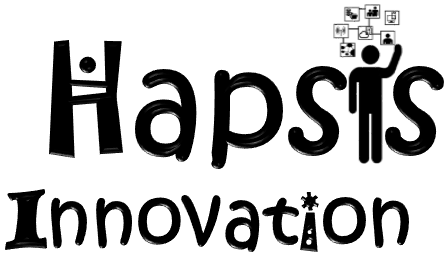A common question when considering personality is how fixed is it? Can we change personality over time, and is our personality constantly the same? Trait theorists believe that personality is largely stable from adulthood, some put the figure at about 80%. Neurologist Paul Roe referred to personality as “an individual’s predisposition to think certain patterns of thought, and therefore engage in certain patterns of behaviour”.
Personality is often considered as a “type”, and Myers Briggs (MBTI) is a commonly used instrument to determine an individual’s preferences, presented as one of 16 personality types. These are defined through a combination of 4 preferences: Introversion-Extraversion, Intuition-Sensing, Thinking-Feeling, and Judging-Perceiving. What this doesn’t tell you immediately though is the relative strength or importance of each of these four or how they interact.
This is where type dynamics comes in, thought of as the dynamic interaction of the four functions, and, working with Mike Cockburn, we explored this with a team who had already used MBTI in development sessions. It can be a tricky concept to grasp straight away, but results in the determination of a dominant function, an auxiliary function, a tertiary function and an inferior function.
So what does this all mean? Well it helps to understand where your individual strengths lie, and how they interact with others and with the environment. It can also help individuals and teams explore areas of weakness that they can improve – being careful to appreciate the 20% that is relatively open to development.
An example is to look at how communication or decision making in a team might be made more effective, both by looking at the “team personality” and the strengths and gaps in the team, but also in recognising those areas that individually we are not so good at. These can either be sources of effective collaboration with other “types”, or areas that we need put special effort into, acknowledging they are not as well developed as in others.
As part of the exploration of decision making in our session we also worked with the team to understand some group influence processes, including the impact of status or conformity on a group discussion.

Comments are closed